Fun Facts About India’s Education System
India’s education system is one of the oldest and largest in the world! From ancient universities to modern schools, it’s a journey filled with fascinating stories, milestones, and unique facts. Let’s dive into some fun and surprising facts about India’s education system that will make you say, “Wow!”
1. India Had One of the World’s First Universities: Takshashila
Did you know that the world’s first-known university was in India? Takshashila University, located in modern-day Pakistan, was established around 700 BCE. At its peak, this ancient university attracted students from all over Asia who came to study various subjects, including mathematics, astronomy, medicine, politics, and the arts.
Fun Fact: Takshashila was home to over 10,000 students and 200 teachers simultaneously! Students traveled from as far as China, Arabia, and Greece to learn here.
2. The Concept of Gurukuls Originated in Ancient India
In ancient India, students learned in a “gurukul” system. Gurukuls were residential schools where students lived with their teachers (known as “gurus”) and learned through practical experience, storytelling, and close guidance. Subjects ranged from philosophy and religion to martial arts and music.
3. Home to the Largest School in the World
The City Montessori School in Lucknow, Uttar Pradesh, holds the Guinness World Record for being the largest school in the world. With over 55,000 students enrolled, this school covers multiple campuses and offers quality education across various subjects and activities.
4. India Celebrates National Education Day on November 11th
Every year, India celebrates National Education Day on November 11th to honor the birth anniversary of Maulana Abul Kalam Azad, India’s first Minister of Education. He was a strong advocate for education and literacy, especially for women and children, and played a crucial role in developing India’s education system after independence.
Fun Fact: Maulana Azad was a brilliant scholar who emphasized modern education and was a key founder of the prestigious Indian Institutes of Technology (IITs).
5. India’s Literacy Rate Has Made Huge Strides
India’s literacy rate has seen remarkable growth since independence in 1947. Back then, the literacy rate was only around 12%, but today, it has crossed 75%! This progress shows the impact of India’s efforts in promoting education for all.
Fun Fact: Kerala holds the highest literacy rate among Indian states at over 96%, making it a role model for educational development in the country.
6. The World’s Largest Open Schooling System
The National Institute of Open Schooling (NIOS) is India’s open school system, offering flexible learning options for students who may not be able to attend regular schools. NIOS is the largest open schooling system in the world, with over 2.7 million students enrolled each year!
7. Mathematics and Ancient Indian Scholars
Ancient India made incredible contributions to mathematics. For example, Aryabhata, an ancient mathematician, was one of the first to introduce the concept of zero, which is fundamental to modern math. Additionally, Indian mathematicians made significant advancements in algebra, trigonometry, and calculus.
8. India's Rich Diversity Reflects in Its Education System
India is home to over 1.5 million schools, with education available in more than 30 different languages! From Hindi and English to regional languages like Tamil, Bengali, and Marathi, students can choose to learn in their mother tongue, which supports cultural diversity and inclusivity in education.
Fun Fact: India’s diversity is so unique that students in different states study under slightly different state-specific syllabi, yet they’re all part of one cohesive national education framework.
9. Focus on Space Education and Science
India has made remarkable advancements in space science, especially with the Indian Space Research Organisation (ISRO). This focus has influenced educational trends, leading to specialized science and space studies in schools and universities.
Fun Fact: In 2014, India’s Mars Orbiter Mission (Mangalyaan) made India the first Asian country to reach Mars—and all on a budget! This achievement inspired thousands of students to pursue careers in space science.
10. The Growing Trend of Digital Education
India’s education system has embraced technology like never before, especially after the COVID-19 pandemic. Online learning platforms, digital classrooms, and interactive apps have become a huge part of modern education, providing access to quality learning for students across the country.
Conclusion
India’s education system has a rich heritage, combining ancient wisdom with modern advancements. From its early universities and Gurukul traditions to its thriving digital classrooms, the journey of Indian education is inspiring and ever-evolving. These fun facts show that education in India is not just about academics but also about preserving culture, building character, and fostering innovation.
Whether you’re a student, a parent, or an education enthusiast, there’s always something new to learn about India’s education system. Stay tuned to SchoTest for more educational insights, and let’s continue celebrating the joy of learning together!


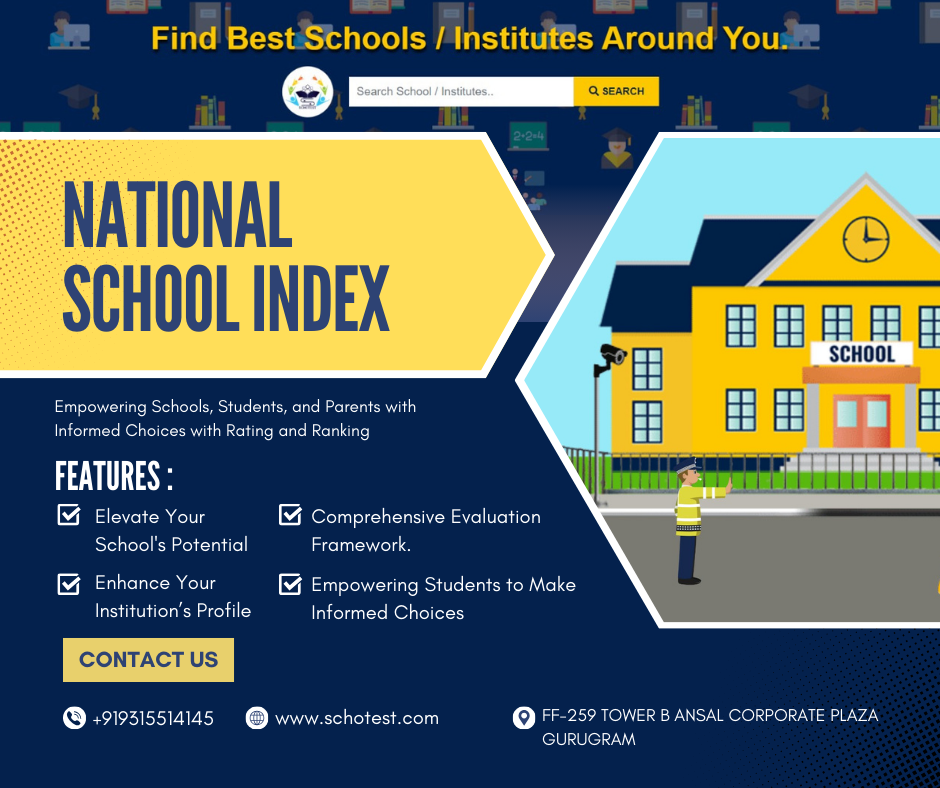
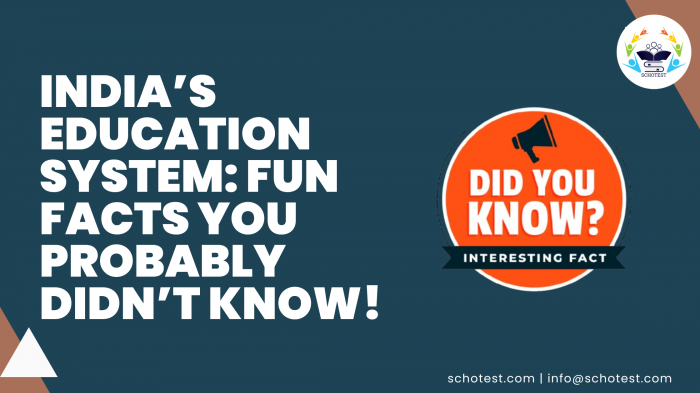


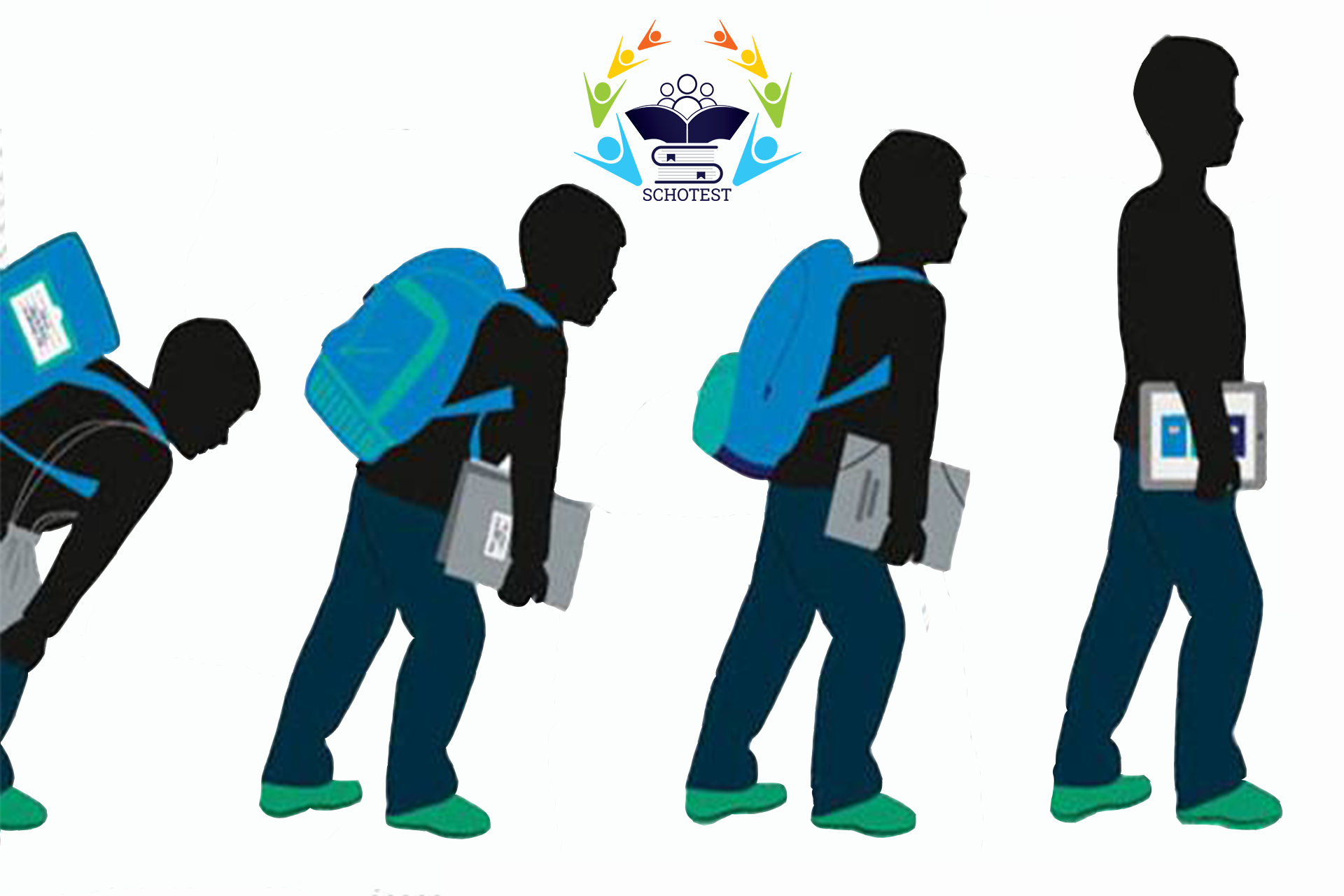
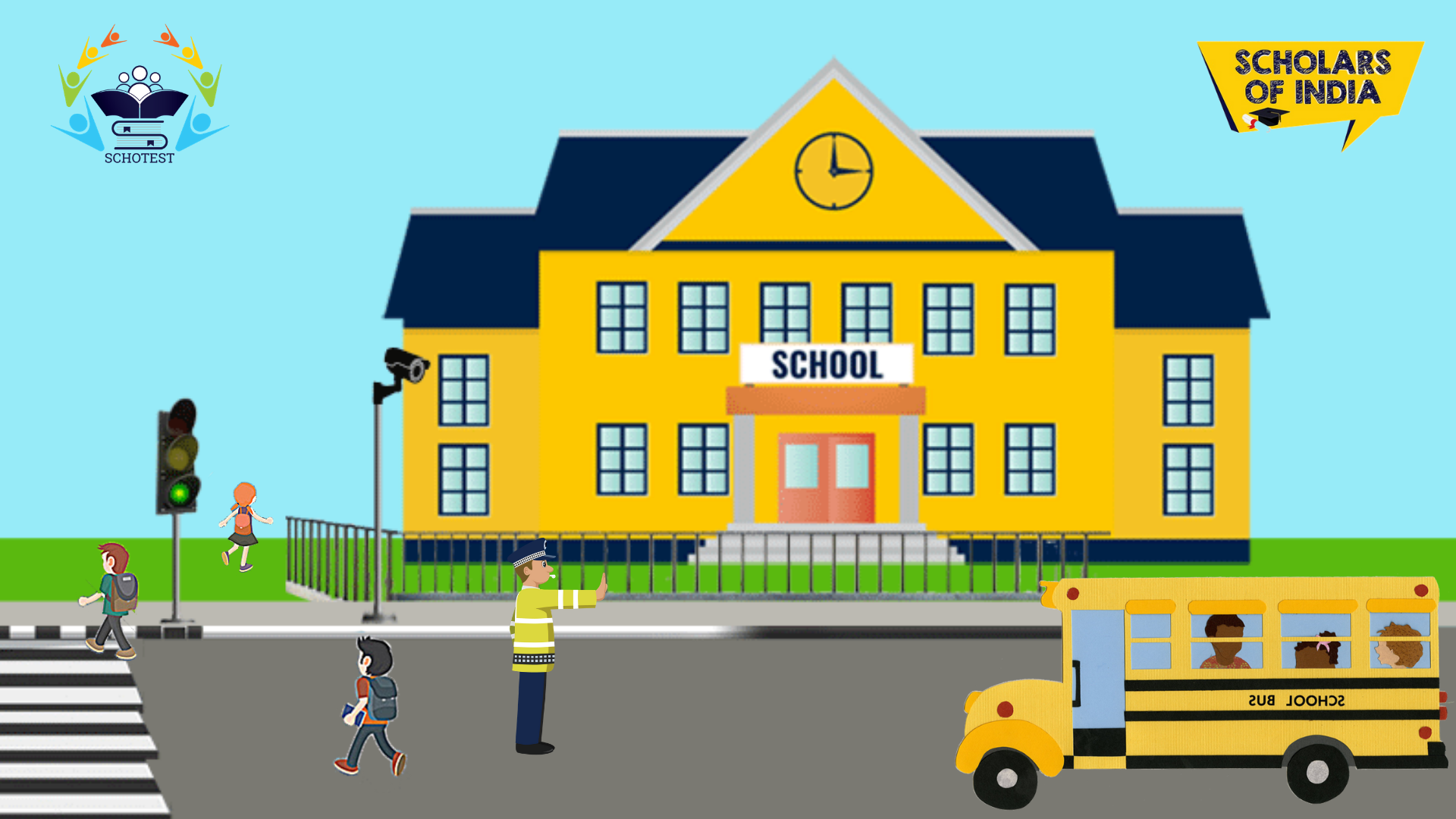
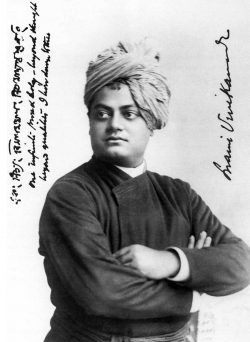
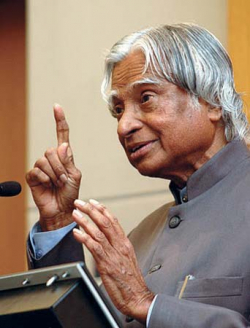
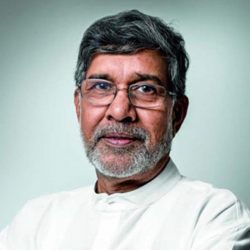
Discussion